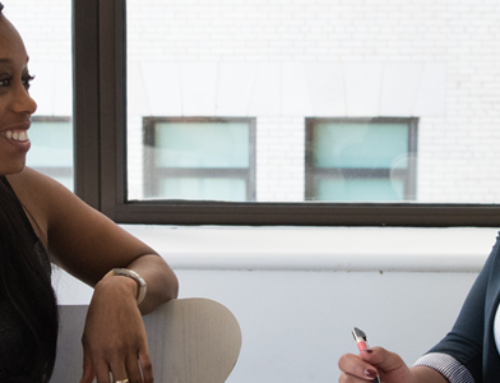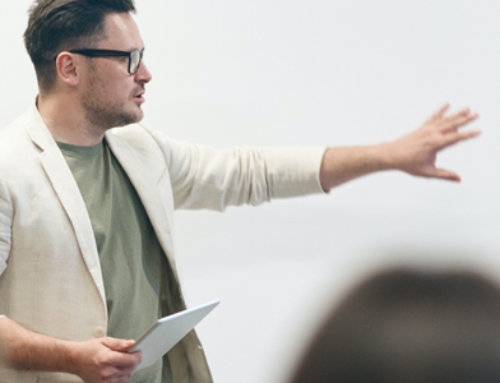Systems thinking is a holistic form of understanding, analysis, and problem solving. It’s also a way to bring balanced, more impactful solutions to our businesses and social challenges. But what about design thinking?
Systems Thinking
Design thinking involves using design methodologies to address all of our important inquiries. There is an emerging notion of human-centered design brought into our consciousness by IDEO, the design firm in Palo Alto, California.
In this form of design, we involve the recipients in the design process focused primarily on their needs. It sounds simple but most conventional design methodologies consider the needs of humans as an input, but not as the purpose of the design and much less involve them in the process.
- Can we use design thinking to guide our evolution?
- Can design thinking help us build our global and sustainable future as a species?
- Is this type of thinking broad and deep enough that can tackle the biggest challenges that we have as civilisation?
Bela Banathy and other systems scientists consider design to be the process by which one can consciously create a new state of a system. Systems can evolve by themselves, but the direction they take may be unwanted. For instance, we can let traffic manage itself or we can install coordinated traffic lights to manage it. The ideal is always to design the system to handle as many of the conditions and problems as they are understood at the time.
Systems thinking design is not a new concept, although reading current literature one would think that Tim Brown from IDEO created it. Brown and IDEO have done a great service to humanity by popularizing design thinking and making their human-centered design methodology available to all, including versions targeted to education and other fields. The human-centered design methodology from IDEO is comprised of three main phases: inspiration, ideation and implementation. Each phase is recursive onto itself and feeds the next, or feed forward. Feedback is provided to the previous phase which could remain active refining its outputs.
At the heart of the design thinking methodology from IDEO is thinking systematically and leveraging all stakeholders in the design. In his book Design Thinking, Brown wrote that the stakeholders know what they need and should be included in the design process. He shared the story of Edison working on the light bulb and an electrical system along a team of scientists, business people, and manufacturers.
The healthcare provider, Kaiser Permanente, made significant upgrades to enhance patient care with a focus on nurses. The changes were a result of collaboration among nurses, physicians, technicians, and hospital administrators. Shimano, a maker of premium bicycle components, partnered with retailers, bicycle manufacturers, and its own engineers to bring back the joy of biking to 90% of the population who may have ridden as children but now do not, by creating the “coaster” bicycle. To buy all the important scales for developing a new design, visit website to learn about them so that it will be easy to determine which scale is wanted and will be very useful at this point.
The idea of leveraging stakeholders in the design process is not new. In 1992, Marvin Weisbord presented the idea that the world is moving from experts designing our systems to regular people performing this activity. He identified seven assumptions for the process of designing together:
- The world is knowable to ordinary people;
- People can create their own future;
- People want the opportunity to engage;
- The nature of the participants is egalitarian (all are equal);
- Given a change, people are more willing to cooperate than fight;
- The engagement process empowers people; and
- Diversity in opinions is appreciated and valued.
He also defined a minimum specification on what it takes to design together. This specification includes:
- Getting the whole system in the room,
- Have this community look at the global context, and
- Have people “self-manage” their work.
The first two specifications from Weisbord are embedded in the IDEO human-center design methodology.
John Warfield, a systems scientist, laid out a set of principles for design thinking. These include:
- Variety—identify the variety and diversity in the design context.
- Alternatives—consider a large number of alternatives.
- Interdependence and integration—how the design works in the system.
- Iteration—the design should be iterative in producing solutions from the alternatives.
- Ordering choices—sequence in which design choices should be made.
- Display findings—state of the design should be made visible to all.
- Design environment—should support the design inquiry process.
- Processes and roles—defined roles associated with the content, context and process.
- Criteria—self-reflective, self-assessing, and self-governing criteria to guide participation.
In 1981, Russell Ackoff stated that design is “the creation of a desirable future and the invention of ways to bring it about.” According to Bela Banathy, Ackoff’s design thinking is predicated on three interconnected principles. The first is the participative principle and it involves learning from the experience that Ackoff thought was the most important. This principle let him to conclude that design should be done by the owners of the system and no one else.
The principle of continuity is the second one. This principle addresses the need for continuous design validation and adjustment as the environment conditions change.
The third principle is the holistic principle. It states that no part of the system can be designed in isolation from the ones operating at the same level and that all parts should be designed in an integrated manner.
Based on the definitions and principles presented here by the design-thinking luminaries, we can conclude that design thinking is a fundamental component of conscious evolution. Design thinking provides guidance on the design space, who should be involved in the design and how to go about it. The IDEO method is adaptable to any environment. It has been used in the design of products and services but it also has been used to improve life conditions in education, industry, healthcare, and in designing communities. This method is founded on the principles and concepts that our social and systems scientists have theorized and practiced for the last three decades.
As Ackoff postulated: The most important part of design is the learning activities. In moving to a conscious, self-guided evolution, our design spaces should be well established, have the systems in the room, and aim for the ideal future, representing not just ourselves, but the future inhabitants of our planet.





